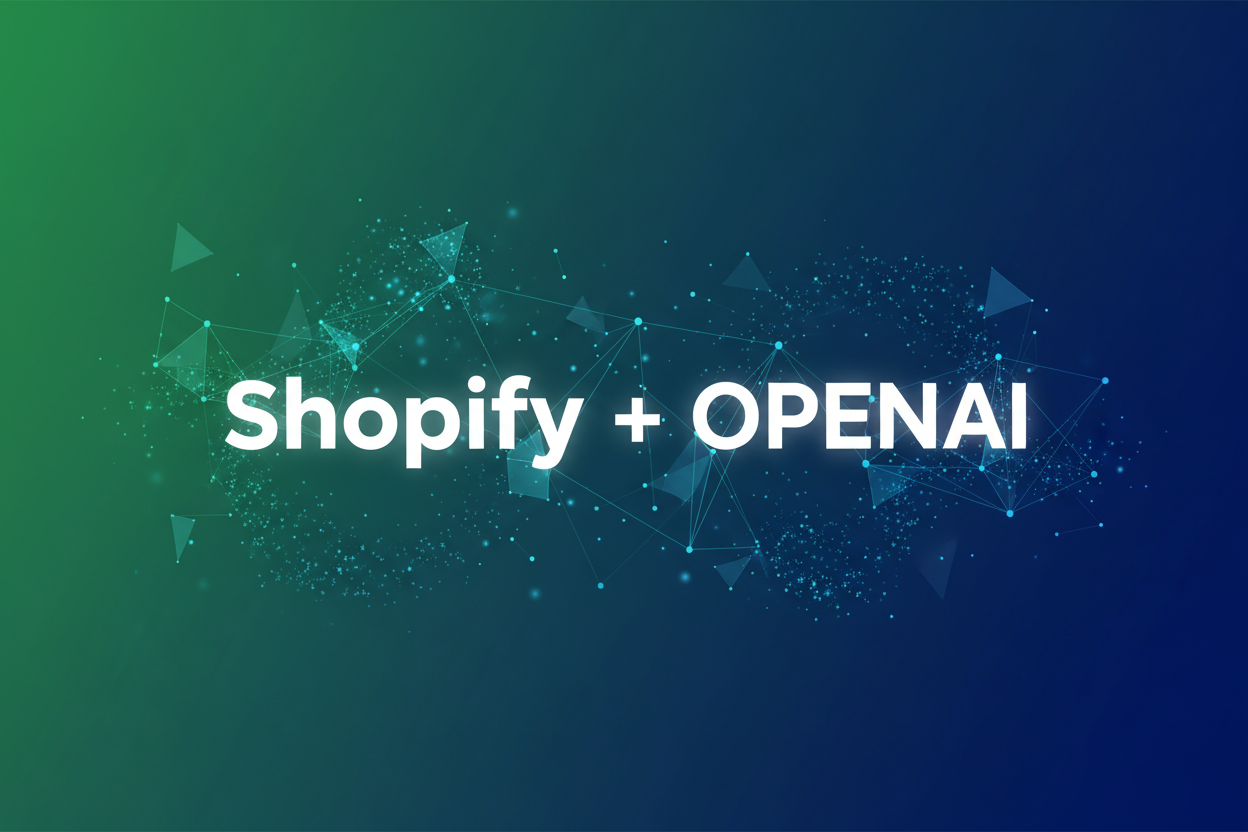For Norwegian stores, this means that the moment of purchase is moving from traditional online shopping to a dialogue where product data, price and inventory are pulled into short product cards. When the decision is made within a few lines, data quality and clear policy texts become conversion-critical: titles, variants, images, prices, inventory and shipping/returns must be consistent and machine-readable. OpenAI describes today's rollout as a single-product purchase, with plans for shopping cart and geographic expansion later.
What does this mean for Appsalon customers?
Many of you already run a store on Shopify with integrations to ERP, PIM, shipping, and payment. When a purchase happens in a conversation, these data sources need to be precisely synchronized – both to avoid discrepancies and to get correct attribution from the conversation to the order in Admin.
Appsalon currently works as a Shopify partner/Plus advisor and delivers integrations (ERP/WMS/EDI), operations and continuous optimization, which become extra important when a new “AI channel” comes on top of existing channels.
The practical next step for stores is to treat ChatGPT/AI as a separate traffic source in the measurement model and clean up the information architecture: ensure consistent product naming, correct variant fields, clean images, and concise, precise policy texts that AI agents can quote without misinterpretation. Shopify is already exposing this channel through its own surfaces (“Sell on ChatGPT”), which indicates that traffic and reporting will be easier to separate going forward.



Share:
B2B on Shopify Plus – professional commerce solution for businesses
Appsalon builds Headless on Shopify